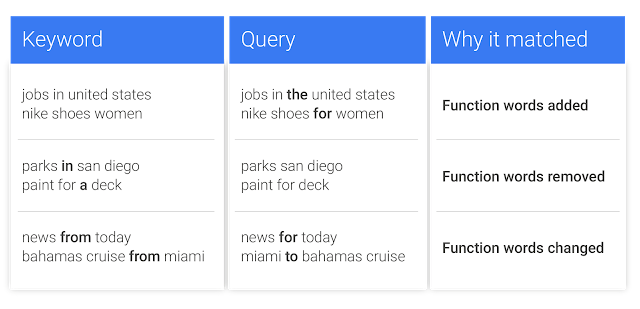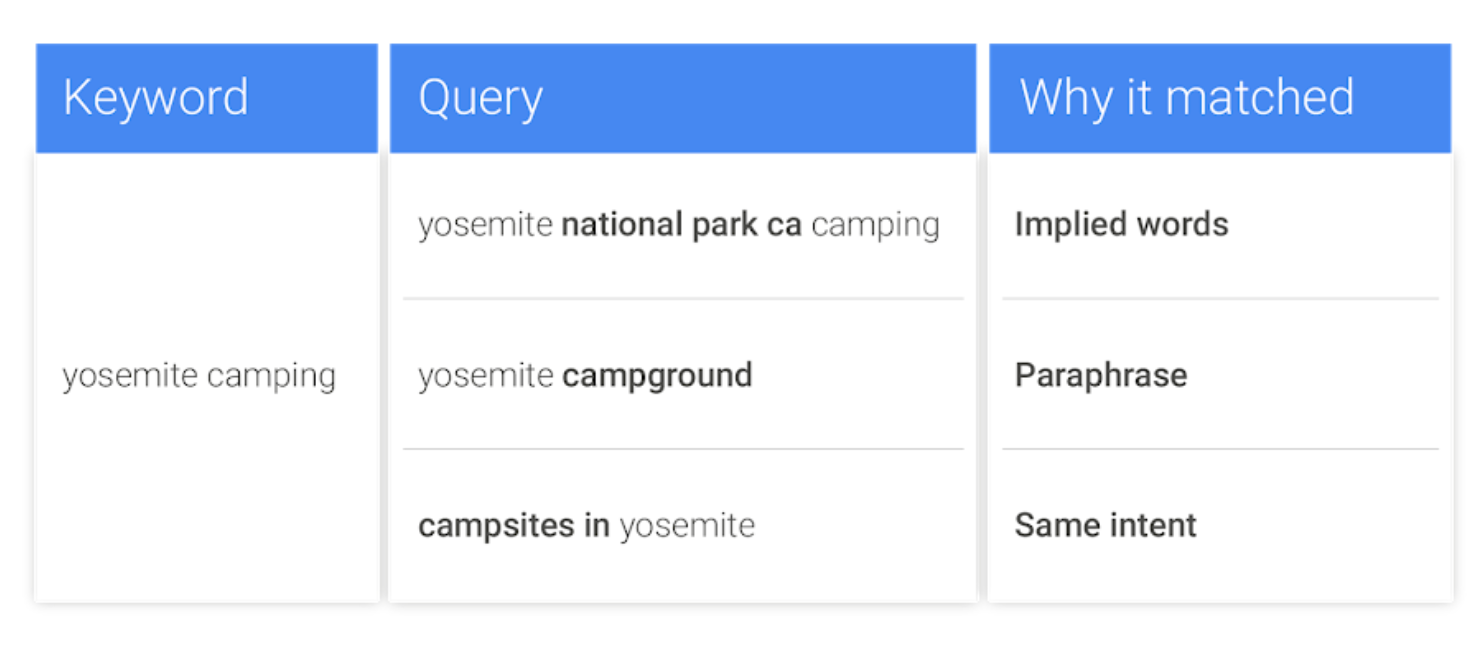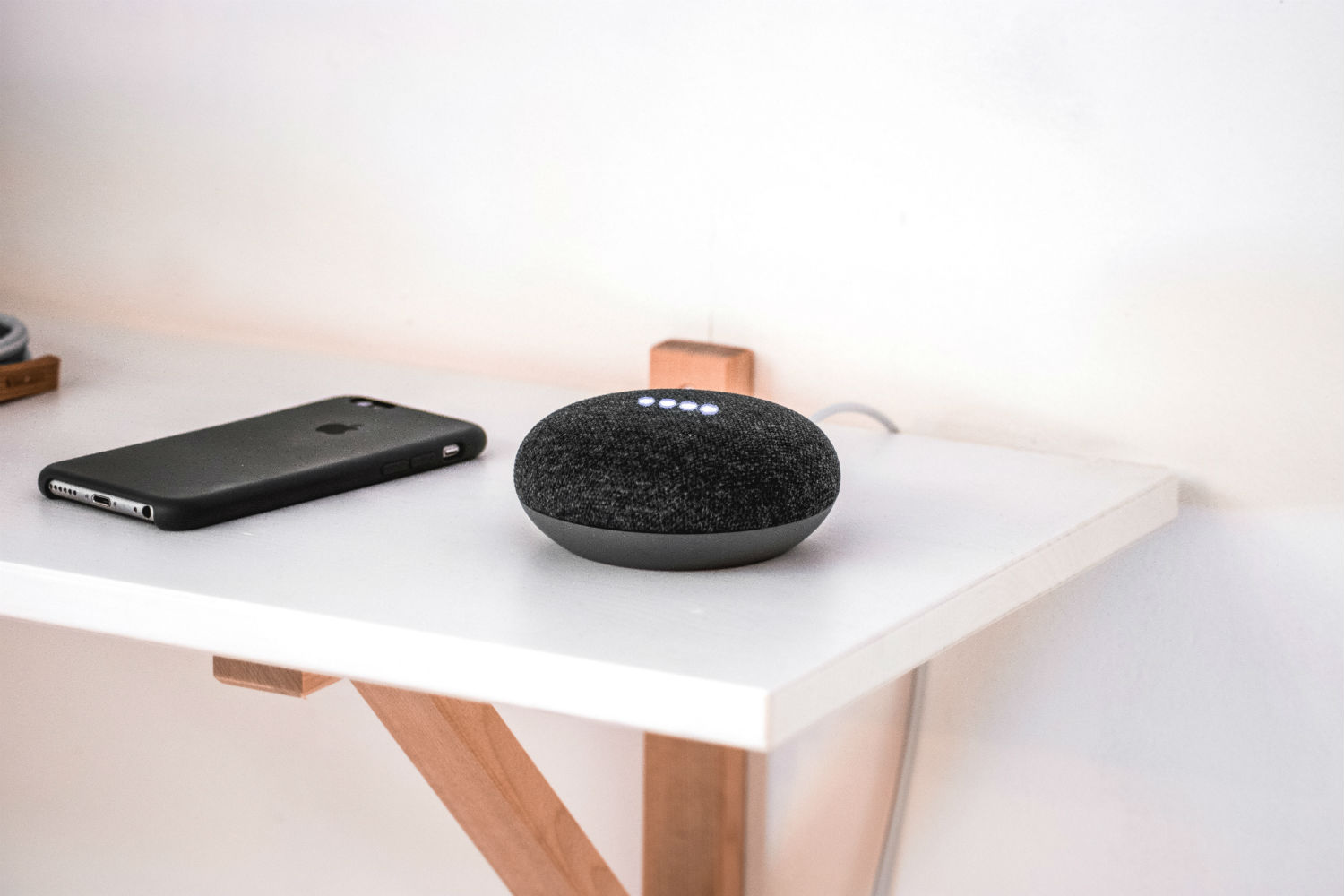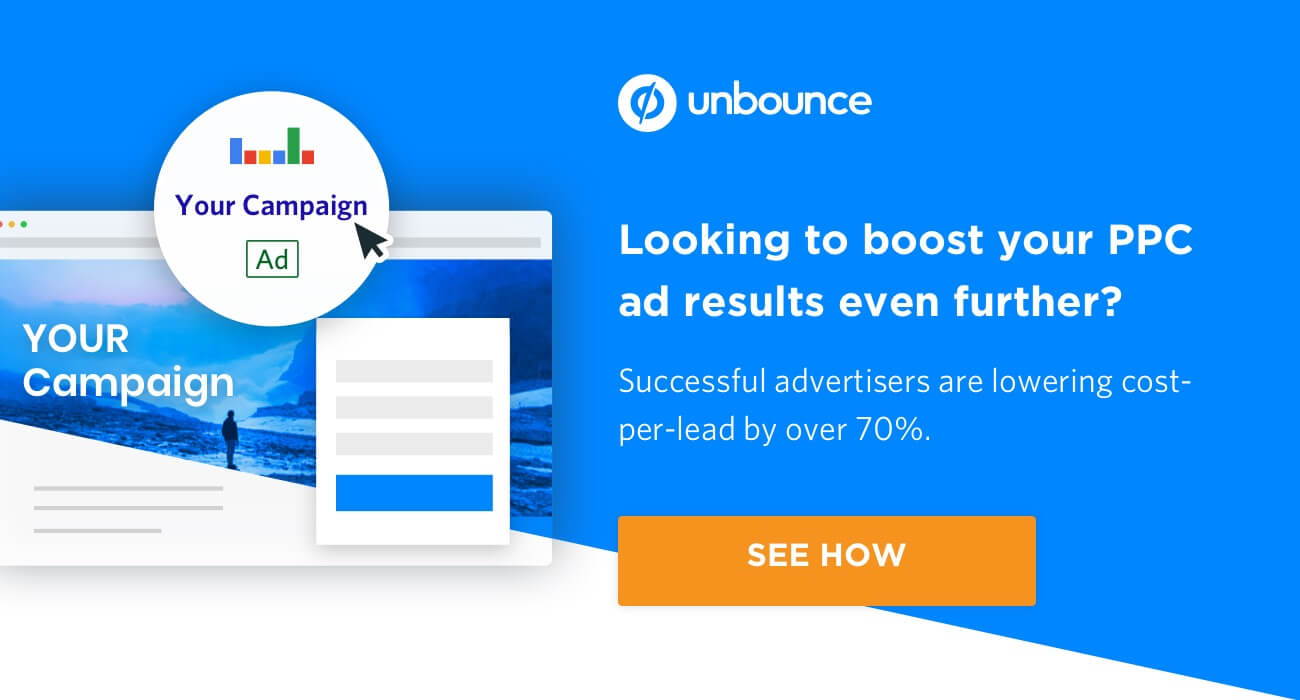
The worst-kept secret, once upon a time
Step into my time machine, and let us take a journey.
It’s 2015. You’re studying PPC best practices, looking for ways to level up your SEM campaigns and boost ROI from Search. You stumble upon a “hack” for optimal keyword performance, your elusive unicorn: the SKAG (Single Keyword Ad Group).
You immediately apply the philosophy to your Adwords (now Google Ads) campaigns and, for a while, things go rather well. However, as the years roll by, you begin to notice that SKAGs are becoming harder to manage…
By 2019, you’ve endured a handful of updates to Google’s keyword matching algorithms. You’re relying more and more on scripts and keyword exclusions to preserve the integrity of your approach. You look at how the industry has changed, and begin to wonder, “are SKAGs still a best practice to get the most from my SEM strategies? Will SKAGs withstand the impending changes yet to be revealed?”
Fair question. To decide, let’s take a few minutes and break it all down.
Why Single Keyword Ad Groups once made sense
SKAGs, or Single Keyword Ad Groups, were born in a time when Google and other search platforms adhered much more closely to match types. Exact Match keywords would be triggered only by search terms with exactly the same spelling, word order, and word count. As such, it was necessary to add every possible iteration and misspelling to maintain complete coverage for branded and non-branded terms.
SKAGs gave advertisers control over keyword priorities and messaging, with the added benefit of expected boosts in Quality Score. In a traditional ad group (with multiple keywords) the differences in keyword bids, match types, and expected CTR contributed to the success or failure of an ad. But SKAGs mitigated the impact of variation by ensuring that keywords highlighted in each ad matched the query, while also avoiding the risk of error associated with DKI (Dynamic Keyword Insertion).
In short, SKAGs promised:
- Quick and easy Quality Score wins on the keyword and ad group level
- Highly relevant ads for every keyword, with minimal effort for customization
- Transparency into keyword performance for simplified account management
- Keyword-level lead quality indicators for accounts importing URL parameters to a CRM
If the digital marketing industry weren’t so dynamic, SKAGs might have reigned for much longer. In just a few short years, though, quite a bit has changed.
How PPC has changed its view of match types
Google Ads first introduced the concept of close variants in 2014. As initially conceived, close variants would overlook obvious typos, misspellings, and plural forms of keywords. Overall, this made life easier for SEM advertisers by rendering a majority of keywords obsolete. SKAGs for every identifiable misspelling and plural form were no longer necessary.
Then, in 2017, Google expanded close variants to accommodate rewording and ignore filler words:

This change was not welcomed so warmly. But dedicated PPC managers took it in stride and learned to combat the change in other ways (e.g., scripts to automatically detect and add negative keywords).
In September 2018, Google announced a further expansion of exact match close variants to focus on matching the intent of a search rather than its specific terms. This update included implied words, paraphrases, and words or phrases that indicate a similar aim:

What this indicates is that Google is gradually putting more faith in machine learning to understand human speech patterns. This faith removes the pressure for advertisers to build out comprehensive keyword lists. While this benefits the majority of small advertisers just breaking into SEM, it throws a wrench into long-standing PPC strategies and previously well-optimized Google Ads accounts.
Why SKAGs should be retired as a best practice
With the way that Google is now treating close variants, there is a great deal of overlap between the three primary match types of Broad (or Modified Broad), Phrase (or Modified Phrase), and Exact (now, “Exact-ish” or Intent Match).
This overlap means Single Keyword Ad Groups ultimately require more time and energy to set up and manage when the initial purpose was to reduce it.
In a 2019 environment, then, using SKAGs result in:
- Multiple ad groups that address the same keyword intent
- Duplicated ad copy that is no longer customizable for each individual search
- Cross-contamination among keyword search terms for multiple ad groups
- Potential for missed impressions/clicks/conversions/revenue due to an overabundance of negative keywords
- Wasted time spent on keyword additions and exclusions, ad copy testing and revisions, and stress about new Google updates
The Future of Search
In the wake of so many Exact Match changes, savvy digital marketers are beginning to look ahead at where the industry is headed. (Or, rather, where Google is taking the industry.) Experts disagree on whether keywords will ever be eliminated as a targeting option in Search, but there’s consensus on a move toward more contextual and behavioral audience targeting.
A few trends, in particular, suggest a keyword-less future for search advertisers:
Voice Technology
The rise of voice technology has transformed the way people engage with search engines. It no longer implies going to a computer, opening a web browser, typing keywords into a search bar, and scrolling through results. Now, people can simply speak the “name” of their virtual assistant and ask a question or make a voice command. Search “queries” are consequently becoming more conversational and long-tail searches more prevalent.
Attempting to capture voice search at scale with exact match keywords is impractical. And advertisers will soon be forced to rely on the less-precise broad and phrase match types. It’s not hard to envision a shift from targeting the keywords found in a selected query to the intent for matching with campaign goals.

On-Page Response Opportunities
Click-to-call ads have been available for years and have grown in popularity since the uptick in mobile searches began. Click-to-message options are expanding in Search, and Facebook has introduced several means of in-app contact and conversion. It’s doubtful that Google will lag far behind, and in-SERP conversion actions (making a purchase from the Google Shopping results or submitting a lead form without having to hit a landing page) are a likely next step.
As Google and other search platforms begin to test and adopt new media for consumer response, focus will inevitably shift from a focus on keyword searches to a focus on individual needs and objectives. New algorithms will pair the consumer need to the appropriate advertiser offer. They’ll still need info provided by search queries but may not require keywords with audience targeting.
Evolution of Language
Even if keywords remain a targeting option, the evolution of language itself may cause them to fall out of focus in favor of other criteria.
For instance, international advertisers use built-in translation services that rely heavily on subjective interpretation. A single keyword may match to multiple corresponding terms in the foreign or domestic language. Even within the same language, searchers from different regions or age demographics may use different terms to refer to the same item (consider “soda” vs. “pop” vs. “coke” in the United States, for example).
While the best search marketers already have processes in place to adapt to these changes over time, it’s expected that Google and other platforms will be eager to demonstrate the capabilities of machine learning to do it faster and more effectively than humans.
How to keep landing pages and messages relevant
The future of Search is admittedly still a relative mystery. But it’s clear that SKAGs are no longer the silver bullet for SEM success.
In the next several years, there will undoubtedly be continued movement toward audiences and search intent over keyword text. This emphasizes the need for advertisers and developers to focus together on messaging and landing page experience. Every individual who arrives on your site should immediately know they are in the right place.
So, how can you make sure your pages and messaging stay relevant? Remember to focus on the basics first:
- Every page should highlight your brand’s story. This might be through logos, headers, footers, or other branded assets.
- Each page should have a specific category of user in mind. You may want pages for each state or city you service, for each type of product you sell, or each unique demographic/psychographic segment you hope to reach.
- “One size fits none.” There is no such thing as a universal landing page if you want to create the best customer experience. Too much information can annoy someone who already knows what they need. Too little information may cause a first-time visitor to move on to your competitor.
Overall, remember to build on what you know.
Pages should be designed with their target audiences in mind. Take the time to incorporate web customization plans into your digital strategies. Don’t be afraid to duplicate a page and tweak a few points if it doesn’t quite fit a new campaign or ad group. Your conversion and bounce rates will thank you for the investment.

No comments:
Post a Comment